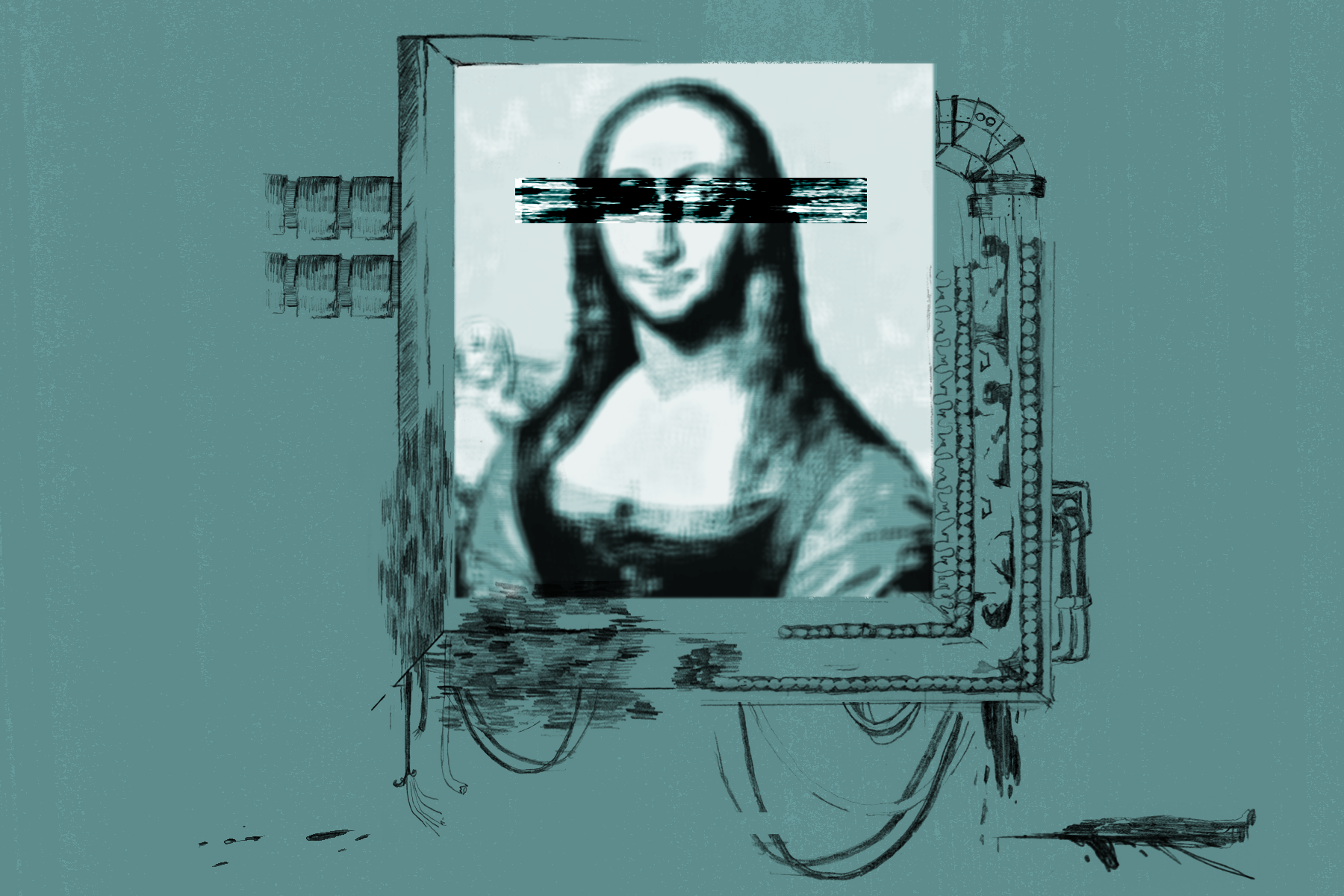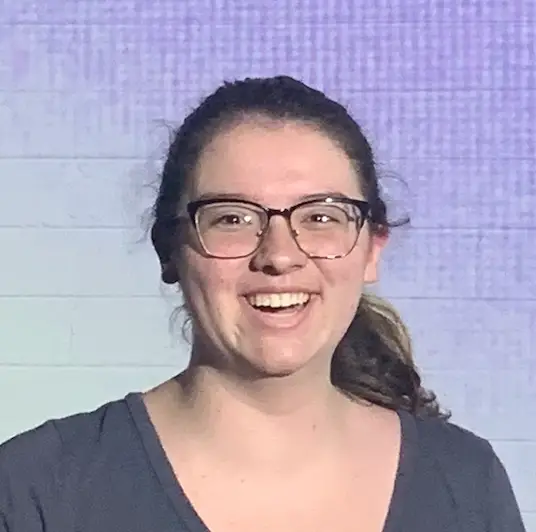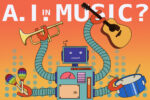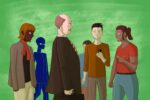A recent development in artificial intelligence has thrown the art community into a frenzy. Many apps, software and websites allow AI to generate art, and all they need is access to the internet, key words or phrases and sometimes a picture from the user. Unfortunately, being an artist is already hard enough as is; with the development of competing technologies, artists seem to be engaged in a losing battle. Why is AI art so harmful, and what can we do to stop it before its influence grows beyond our control?
What it Does and How It’s Harmful
Those who lack a creative thumb can use the app to create a piece of artwork by simply putting a key phrase or image through the generator. The AI then surfs the internet to find images that would fit the desired picture and phrase input. This is where the issues for artists arise; AI art often uses pieces of a person’s artwork and implements them into the new image without giving proper credit.
Most artists post their artwork on social media in hopes of gaining a following or catching the attention of bigger companies. By taking these pieces of art — no matter how small they may be — the generator plagiarizes, because ultimately, the artist hasn’t been commissioned by the AI. An artist may spend years and hundreds of dollars on a project only for a machine to copy and use their work within seconds, free of charge. Alarmingly, there are no current rules in place that can limit or restrict AI art from stealing other pieces of work.
Is it Actual Art?
This past year, the Colorado State Fair hosted an annual art competition, and the winning piece was not created with a paintbrush, or a pen or even a chunk of clay. Instead, the winner used an — you guessed it! — AI art generator, which sparked outrage. While AI continuously learns and adapts each image, never creating the same image twice, it certainly lacks some properties — perhaps ironically, its biggest missing factor is originality.
To create its base, AI art pulls and meshes similar images found online. This doesn’t mean it uses the images for inspiration like a true artist would; rather, AI art generators completely copy parts of the originals by implementing bits and pieces of work into a new one.
Originality in art can also come from the style an artist chooses to use, whether it be realism, expressionism, minimalism and so on. AI art is currently incapable of developing its own style since it’s a machine, not a person who can spend years developing a style that distinguishes them from other artists.
Furthermore, AI art lacks the ability to bring about emotional responses from viewers. When we gaze upon a piece of real artwork, we don’t see the painting, but feel it instead. AI struggles to implement these emotions into an image because it is guided by instructions and commands rather than complicated, subjective feelings.
What You Can Do To Help
Many artists who post their work on TikTok have started proving that AI art still can’t create things like a person can. For example, AI bots cannot properly render human hands or feet, and programmers would have to scrap most of their program to fix issues like these. Perhaps an easier solution for those looking for a new self-portrait would be to commission a local artist.
It’s important to do proper research on an artist, their style and their pricing. Of course, the cost of the piece will vary depending on the artist and the magnitude of the project, but you should remember that it’s all for a good cause. By paying for local art, you convey to the artist that you enjoy their work, and you allow them to continue pursuing their passion for a living. There are also cheaper, long-term ways that you can support an artist you enjoy. Among these are Ko-Fi and Patreon, which allow users to contribute to an artist’s page, view exclusive work and receive special gifts from the artist.
What started as a harmless generator used to create fun and colorful art has become detrimental for artists. While AI art can be incredibly beautiful or inspiring, it does more harm than good by disregarding the people behind the generated pieces. With AI art continuing to gain more and more popularity, the battle is far from over. Ultimately, it is up to us to donate to our favorite artists and stop using AI art once and for all — before it becomes too late.

















